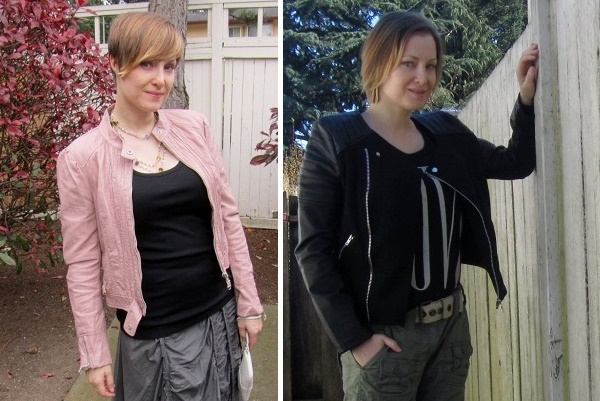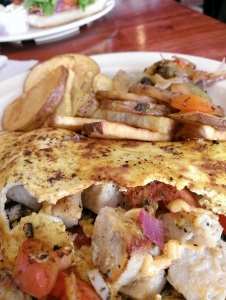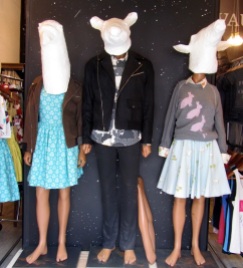I’m spoiled. I live in Seattle where winter is essentially mild and wet. Any pair of rubber rain boots will do. But I grew up in Canada, where I needed warm, insulated, waterproof boots for the salt, snow, slush, and frigid temperatures. If you’re looking for vegan winter boots to keep you warm, look no further.
Women
If Winters are cold in Canada, then look to Cougar, a Canadian company. They have a few vegan styles–and they know winter!
The Canuck 3 is a tall, waterproof nylon boot that comes in black or white and is cold-rated to -30 Celsius (-22 Fahrenheit).

The Cougar Como 2 is a nylon boot lined with polar plush. It’s also cold-rated to -30 Celsius (-22 Fahrenheit) and comes in black, white, or gunmetal.

Then there’s the Minty 6, a shimmery polar-lined boot. It comes in black and, my preference, a space-age gunmetal. Cold-rated to -30 Celsius (-22 Fahrenheit).

There’s a great vegan shoe store in Vancouver called Nice Shoes. They ship throughout the US and Canada in case you’re not nearby. Nice shoes has an amazing assortment of all types of footwear. They sell the Baltimore by Kamik, a waterproof, nylon bootie that’s cold-rated to -40.

If you want a bit of color, check out the red Minx by Columbia. They’re lined in faux fur and are cold-rated to -32 Celsius (-25 Fahrenheit).

Men
I won’t forget the fellows. I found a few styles of Men’s vegan winter boots too. Nice shoes carries Bogs, like this pair of Ultra Mid. They’re great on slippery surfaces, and are cold-rated to -40.

There’s also the Utik, if you prefer a synthetic leather lace-up. Cold-rated to -30 Celsius (-22 Fahrenheit) with neat grommet details and red piping.

These Kamik Canuck boots are another option. They’re at Zappos.com, a great online shopping site where you can filter for style, size, and material. The Canucks are nylon, with lots of grip and a warm lining. The toggle at the cuff keeps out the snow.

The Ice Patrol by Vegetarian Shoes is an amazing boot. Not only are they sturdy and rugged, but they have metal grippers that fold out of the sole and act like mini crampons. Theses come in sizes 36 through 47 so they’ll fit a wide range of people, making them a great unisex boot. Plus, Vegetarian Shoes, as the name implies, is an all-vegan company so you know you’re getting an ethical boot and supporting a vegan company.

The Snowdon, also by Vegetarian Shoes, is another shoe great for anyone. Like Dr. Marten’s or Converse, these work for men and women. The snowdon has ski-boot laces and is a sturdy, three-season boot for hikes or urban treks.

Youth and Kids
Columbia also makes youth sizes in styles like the Minx. They’re cold-rated to -32 Celsius (-25 Fahrenheit) and are a woven synthetic textile with a faux-fur lining.

The Columbia Powderbug nylon boots are cold rated to and come in four cute patterns. The toggle helps keep the snow out.

Bogs are a great option for men, women, and especially kids (with their fun patterns and easy pull-on handles). Not all Bogs are vegan, but the kids’ boots seem to be. And who doesn’t love dinosaurs and flowers?

I hope the examples above will give you a good starting point for your winter boot shopping. Let me know what your favorite vegan winter boots are!




















































